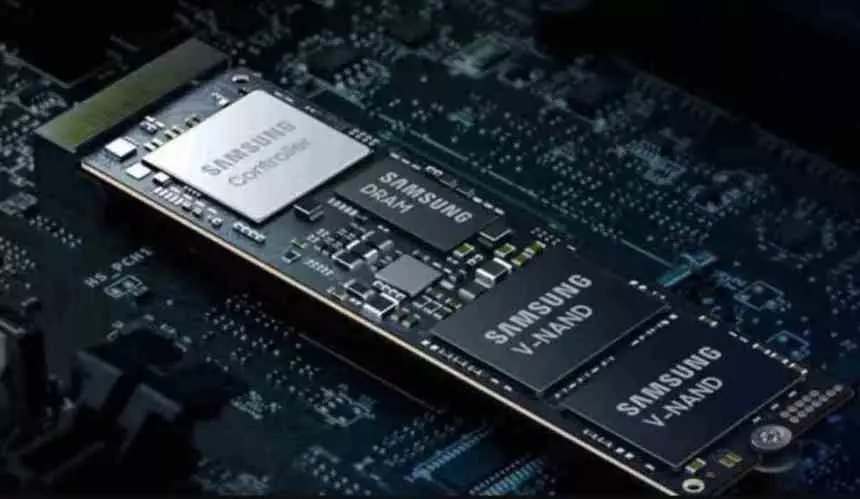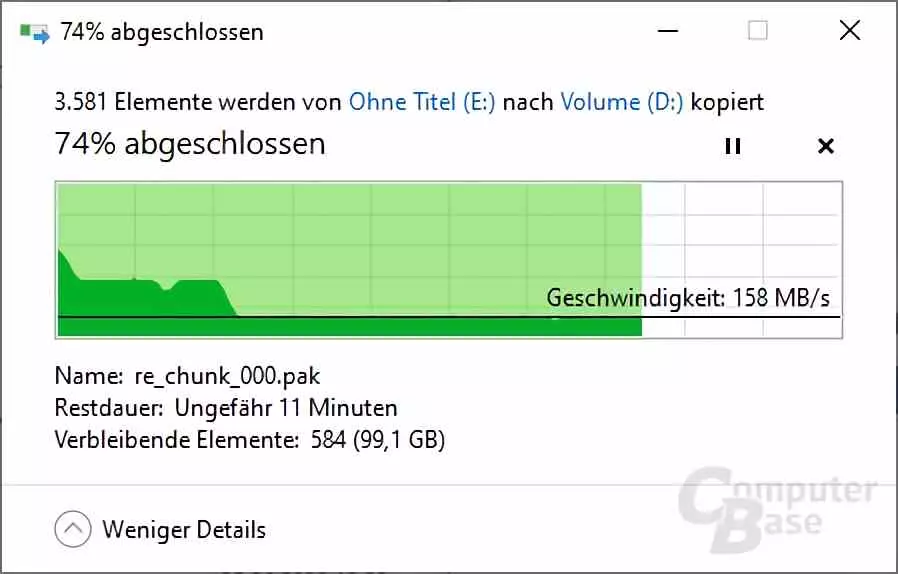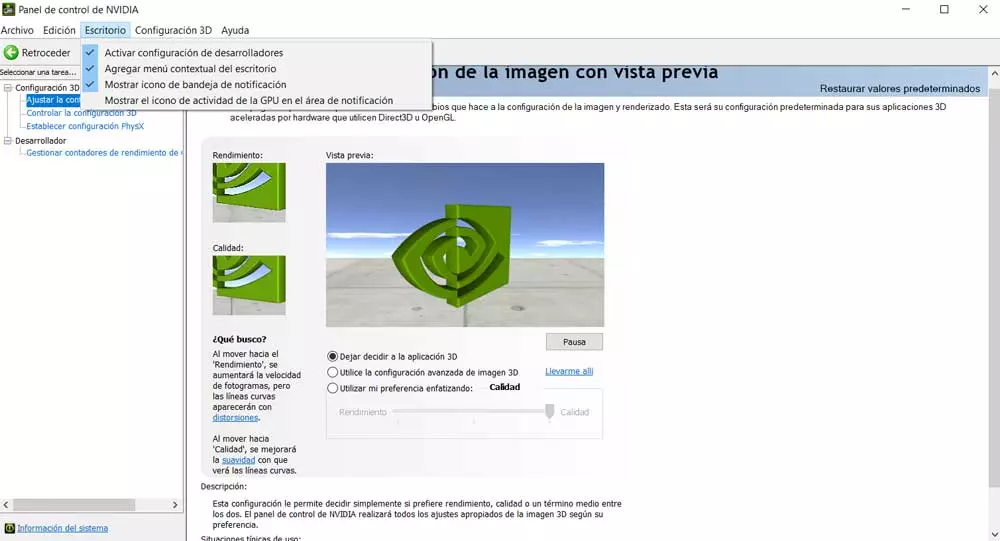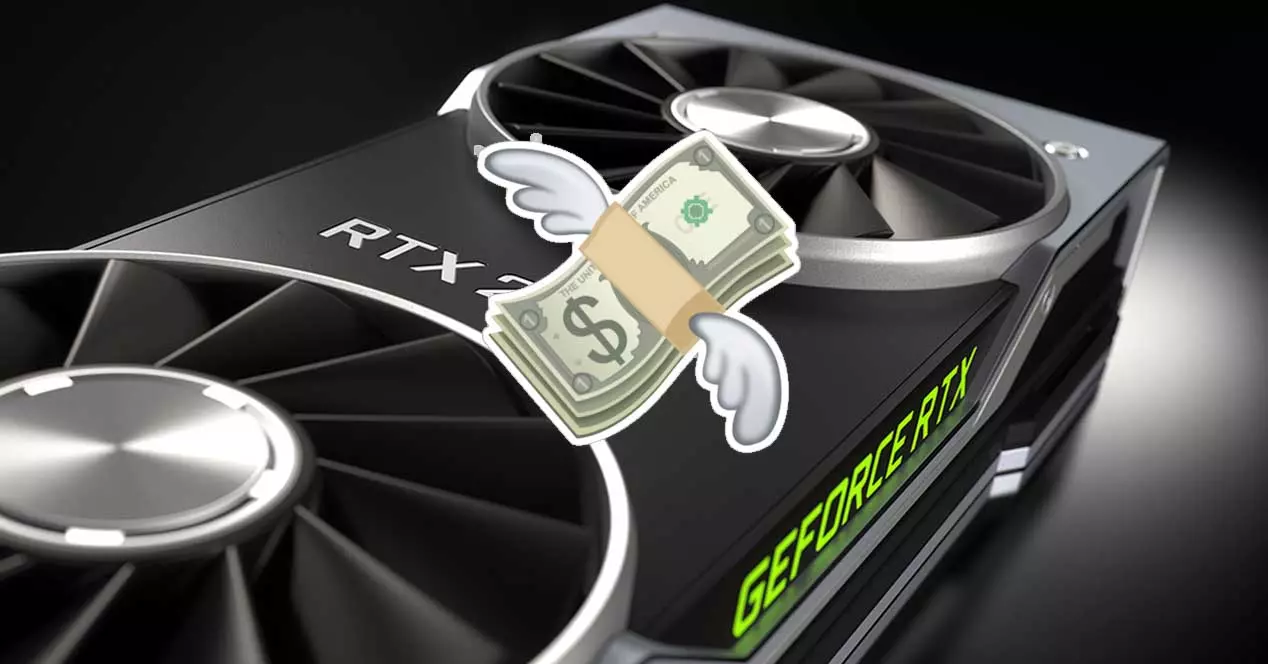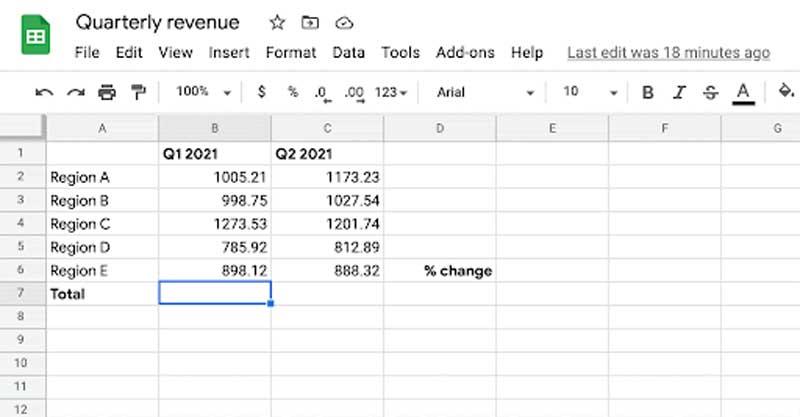
The Samsung Tech Days have not only brought us news about future RAM memory standards, but they have also talked about their NAND Flash memory, specifically their V7 QLC with which they hope to improve the performance of the NVMe and SATA SSDs they use. 4 bits per cell for storage. What is its performance and what news does it bring?
There is no doubt that the great challenge with the use of non-volatile RAM for storage is precisely the cost per stored bit, which is much higher than conventional hard drives and prevents their transition. Although the chips with 5 bits per cell are on the roadmap, at the moment the most that has been achieved is to reach the QLC memory with 4.
Well, Samsung in its Tech Days 2021 has presented its new NAND Flash memory for home computers, which we will see installed inside the SSD in the near future. So let’s see what its performance is.
How is the Samsung V7 QLC?
First of all, we must emphasize that the NAND Flash V7 QLC from Samsung is built in 176 layers and therefore it is about 3D NAND QLC. So from the outset, the storage capacity should at least double, since Samsung’s V-NAND memory currently uses 96 layers.
Although the most important thing here is its performance, Samsung claims that the writing speed will increase 2.7 times and reading about 2.6 times. This is key to building cheaper NVMe SSDs that don’t require the use of as many memory channels and thus open up the capacity to cheaper drives.
On the other hand, although the solid state drives compatible with PCI Express 5.0 are still somewhat distant in time, we must not forget that this bandwidth is achieved between the flash controller and the system RAM through said interface. The data is in the NAND Flash chips and not making them evolve in speed is a huge bottleneck in terms of the performance of this type of units.
The future of SSDs is in QLC
The headline is not our words, but those of Samsung itself who have stated that, as has happened with TLC memory, they not only expect most solid-state drives for PCs to use QLC cells, but also mobile devices and for both memories and the UFS used as storage will also transition to this type of cells.
The key to achieving this transition will be increasing the capacity of the SLC Cache to support higher read and write volumes. Let’s not forget that the increase in bandwidth will fill up faster, reducing performance considerably. For example, as seen in the image, the Samsung QLC-SSD 870 QVO reduces your bandwidth to 160MB / s when the SLC Cache runs out due to its small size, a speed too low to be a significant advantage over conventional hard drives.
They hope to fix this 4-bit NAND Flash performance issue with the Q7 VLC’s ability to run at approximate 500MB / s speeds with the SLC Cache full, which will make SSDs that make use of this type of NAND Flash end up gaining greater market share.
